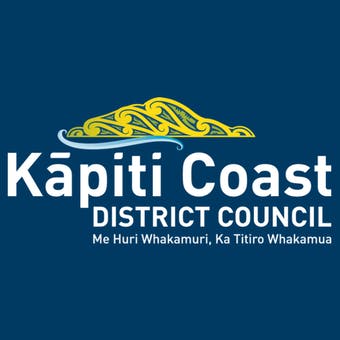Me pēwhea te whakakanohi i a koe anō? How would you like to be represented? – preliminary engagement
Consultation has concluded
Background
Council completed a comprehensive review of its representation arrangements in 2021 and is not due for another review until 2027. However, following the decision to establish a Māori ward in November last year, Council needed to do another representation review this year to ensure the Māori ward is in place for the 2025 local government elections.
As part of this review, we’ve undertaken preliminary engagement to ask your thoughts on how you would like to be represented. This included asking you how many Councillors we should have, whether they’re elected from wards, districtwide (elected by all voters of the district) or a combination of both, whether the district has community boards, and how the Māori ward(s) could fit into the arrangements.
A ward is a geographical area, defined by population and communities of interest across the district. In Kāpiti, we currently have four general wards with seven elected Councillors and three districtwide Councillors elected by all voters of the district. In total this equates to ten Councillors. We also have one Mayor and five community boards.
The number of Māori wards a Council can set up depends on the number of people enrolled (voters) on the Māori electoral roll in that area compared to the general electoral population of the district. For Kāpiti it is therefore likely that one Māori ward will be set up. The boundaries of that ward would likely encompass the entire Kāpiti Coast district, from Ōtaki to Paekākāriki.
In the 2025 elections, people on the Māori electoral roll will be able to vote in the new Māori ward instead of a general ward and people on the general electoral roll would vote in their general ward instead of the Māori ward. Both Māori and general electoral roll voters would still vote for the Mayor, districtwide Councillors, and community board representatives for the area they live in.
Will the decision to establish the Māori ward be reversed?
Due to an amendment in 2021 to the Local Electoral Act 2001, Council was able to make the decision to establish a Māori ward without requiring a poll.
On 4 April 2024, local government minister Simeon Brown announced a proposed Bill that, once passed, would reinstate a requirement for councils to hold polls at the 2025 local government elections for any Māori wards established without a poll.
The announcement further noted that the proposed Bill would allow councils to consider reversing their recent decisions to establish Māori wards to avoid polls at the next election. If Council decided to take this option, further decisions around what our representation arrangements for the 2025 local elections would look like would have to be made.
Current legislation requires Council to decide on its initial representation arrangement proposal by 31 July.
The proposed Bill has not yet commenced passing through the House and a few more steps are required for Council to be certain what the amended legislation will allow and require of local government.
We are in the process of understanding what the proposed Bill amendment might mean for our representation review currently underway.
Further guidance from central government is expected in the coming weeks. We will release more information when more details are known.
Your feedback
Our preliminary engagement ran from Monday 4 March until Tuesday 2 April. You were able to complete our online survey (with hard copies also available at our libraries and service centres) and/or attend drop-in sessions with our elected members and staff.
Feedback on the preliminary engagement will be analysed and will help shape Council’s initial representation arrangement proposal, due out for community consultation around July/August.
Information sessions we held
| 5 March, 6–7pm | Supper Room, Ōtaki Memorial Hall |
| 12 March, 6–7pm | St Peter’s Hall, Paekākāriki |
| 14 March, 5–6pm | Waikanae Library, Waikanae |
| 19 March, 6–7pm | Te Raukura ki Kāpiti, Raumati |
| 26 March, 5.30–6.30pm | Council Chambers, Paraparaumu |
Current Council structure
The current Council structure is made up of one Mayor, three districtwide councillors (elected by all voters in the district), and seven ward councillors (elected by voters in their local wards). The district is also represented by five community boards. A breakdown of this structure and representation can be seen in the map shown here.

Potential representation concepts
Representation arrangements need to be fair, effective and representative. Considering the current population numbers and the number of electors enrolled on the Māori electoral roll, it is very likely that only one Māori ward will be established to ensure fair representation. This would mean that the Māori ward boundary could either align with the entire Kāpiti Coast District boundary or represent a specific geographical area within the district. There are three obvious and more streamlined concepts to include a Māori ward councillor into the current Council structure with only minor changes to the existing structure.

The Mayor and districtwide councillors are elected at-large (voted for by the entire district). General ward councillors are elected (voted for) by people in their local wards. Māori ward councillors are elected (voted for) by those on the Māori electoral roll. Five community boards, with four board members each voted for by people in their local wards. Each community board also includes a certain number of councillors from that ward as a member.


